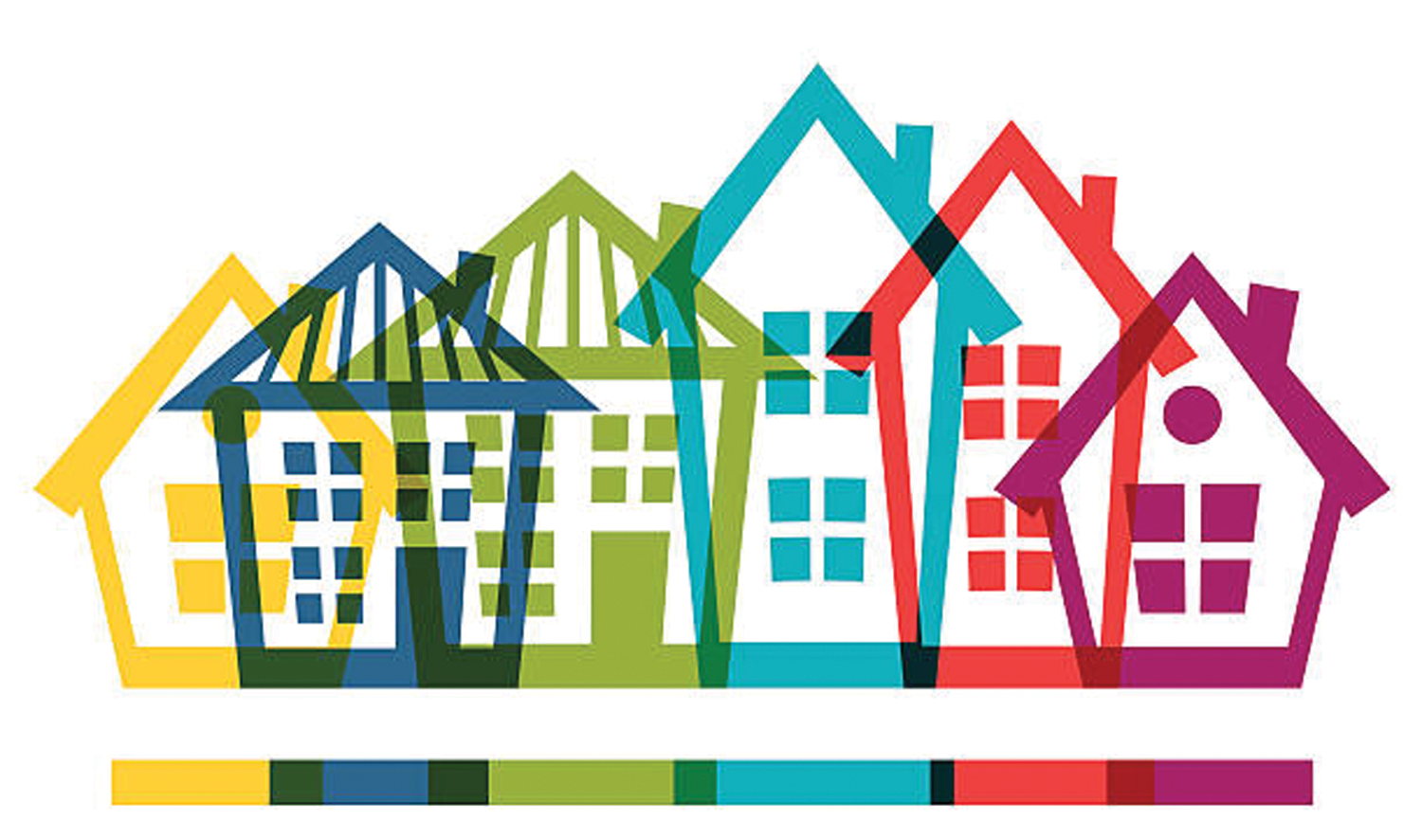Home Ownership Near Impossible for Young
Current economic conditions are proving to be especially difficult for the young, according to a recent report in Epoch Times.
The obstacles holding younger generations back include historically high home prices, stagnant inflation, debt and spending habits, and wages.
And, according to the National Association of Realtors (NAR) home prices aren’t going to go down any time soon. NAR reported the highest ever national median sales price of $419,300 for a single-family home in May.
“We’re actually forecasting that home prices will continue to grow based on the lack of inventory and demand for home ownership,” Jessica Lautz, NAR deputy chief economist and vice president of research.
A $400,000 price tag translates to a $40,000 down payment—with the usual requirement of 10 percent of the home cost.
Millennials born 1981 to 1996, and Generation Z, born 1997 to 2012, face an uphill battle on the path to first-time home ownership, particularly in the years following the COVID-19 pandemic.
Factors impacting home affordability for the younger generations include historically high prices, three years of stubborn inflation and interest rates, personal debt and spending habits, unemployment, restricted development, and wages. And, often burdened with student loan debts, limited incomes and facing high interest rates, would-be young home buyers have trouble qualifying for any mortgage.
At current prices a single family would have to spend $4,000 or $5,000 a month in mortgage payments. In addition many areas have limited inventory.
The average homebuyer’s monthly housing payment is $2,829. That’s $30 less than the record high in April but more than double from three years prior. In 2021, the median monthly mortgage payment was $1,242, compared with $972 in 2011, according to Bankrate.
Using economic data on historical home prices and household incomes from the Federal Reserve, a Visual Capitalist report illustrates how, in 1984, the house sales price-to-income ratio was at 3.49 as the median annual household income for Americans was $22,420 and the median house sales price was $78,2000.
That ratio climbed to 5.8 in 2022 as the median household income rose to $74,580 while median house sales prices skyrocketed to $442,600 in quarter four. The ratio, however, dropped to 4.9 in 2023, according to a 2024 Harvard report. It remains, however, unaffordable for many households.
While Federal Reserve data indicate that between 1971 and 2024, the current interest rate of 6.86 percent has stayed below the historic highs of 18 percent or more seen in the early 1980s, interest rates soared after hitting historic lows of 2.65 percent in January 2021. This was due to the Fed raising interest rates to combat inflation, which significantly increased mortgage rates on homes.
Mortgage down payments are also high. The home marketplace Zillow released a June 20 study that found that for a “typical” U.S. home valued at roughly $360,000, home buyers with a median income would need to put down nearly $127,750 to secure a mortgage that would ensure monthly payments were 30 percent or less of their monthly income.
The annual inflation rate in June 2022 climbed to 9.1 percent—the largest increase in 40 years. The current rate of 3.3 percent is still significantly higher than the average 0.1 percent seen in 2015.
For young Americans who can only afford to rent, more of their income goes to rent than in years past. The average proportion of a person’s income that goes to rent was 25 percent in 2000, and it’s now 40 percent. A study by Susan Wachter, a professor of real estate and finance at the Wharton School of the University of Pennsylvania, found that 49 percent of those aged 18 to 29 chose to live with their parents in 2021, up from 27 percent in 1960.
While year-over-year wages grew considerably after the pandemic for those under 40, data from the Federal Reserve Bank of Atlanta show that wage growth peaked in 2022 before falling each subsequent year as median home prices continued their ascent.
Unemployment rates also ballooned during the pandemic, rising to 14.8 percent in April 2020. The rate plunged as the economy slowly recovered, dropping to 3.4 percent in 2023 but rising slightly again to 4 percent in May.
A June 24 research study from Lending Tree analyzed more than 428,000 anonymized credit reports from users in 100 largest U.S. metropolitan areas. It found that 97.1 percent of Gen Zers possess non-mortgage debt of some kind. Roughly 80.8 percent owe credit card debt, and the median non-mortgage debt for that age group hovers around $16,562.
The numbers are even higher for millennials. Non-mortgage debt averages $30,558, while 38.4 percent have student loan debt, the highest for any age group. Millennials are also the second most likely age group to have personal loans with 16.8 percent owing a median balance of $2,921.


0 comments